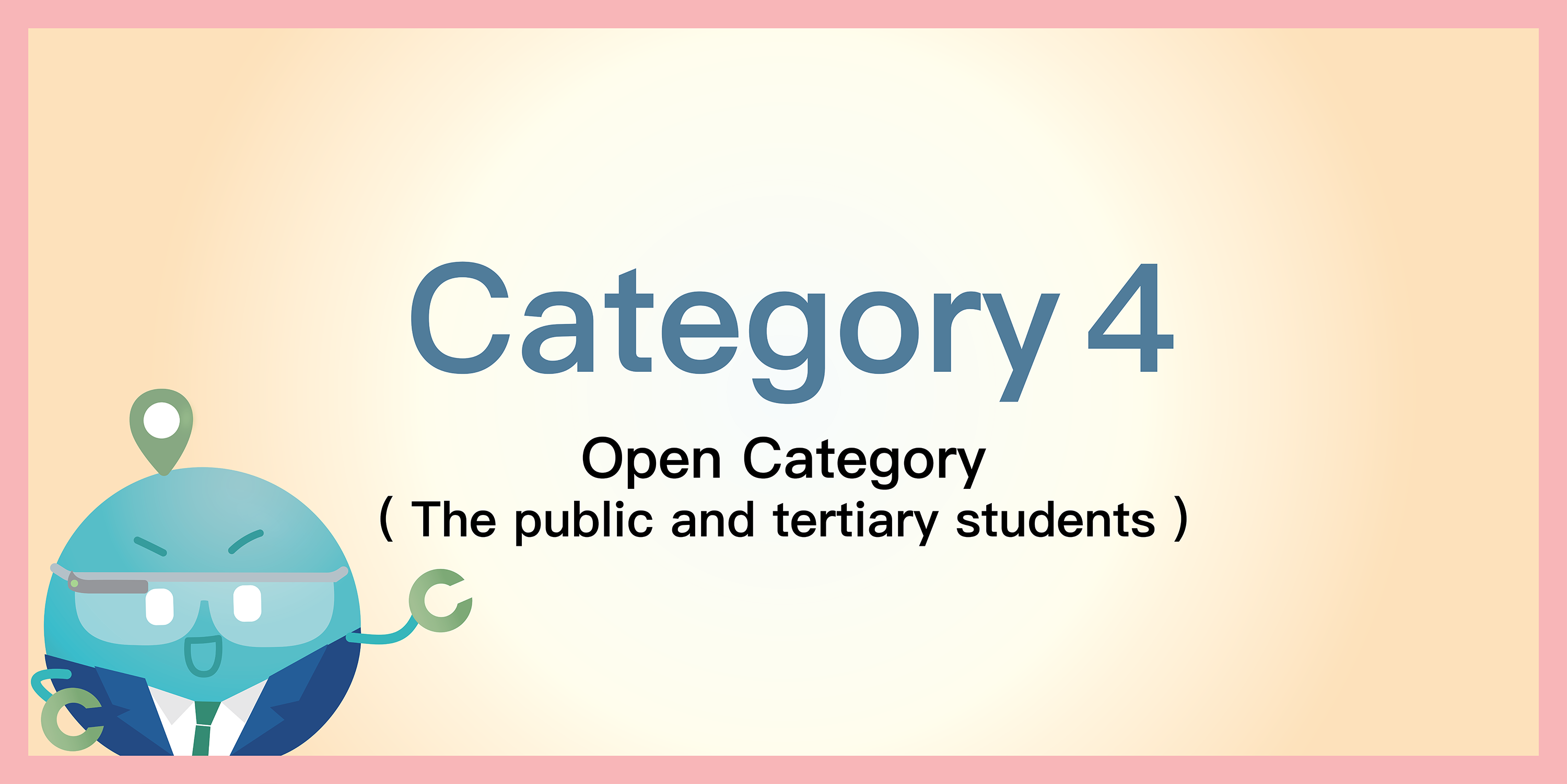
Entry Requirements
- Contestants can participate as an individual or in a team of 2 to 6 people.
- Each contestant can only participate in one team.
Deliverable
Each participating unit will be required to submit a map-centric prototype that allows users to input data or interact with it, which then undergoes different processes to generate the desired output, addressing the user's needs or solving a problem. There are two phases in this category.
In Phase 1, participants will need to submit a proposal for developing a digital geospatial application, accompanied by a 1-minute video clip introducing the proposed application.
Upon progressing to Phase 2, which is the finalist stage, participants will demonstrate the feasibility of their proposed application by developing a prototype, and present to the judges on the Presentation Day.
Phase 1: Proposal Development
Deliverable
Prepare a proposal detailing a potential solution to address a challenge identified under the theme.
Introduce the proposal by a 1-minute video clip.
Requirements
A presentation deck prepared using slideshows of no more than 10 pages (excluding appendix and references), detailing the following in either English or Chinese:
- Key challenge(s) to be addressed
- Proposed solution that addresses the challenge(s) (e.g., mobile application, web application, programme etc.)
- Beneficiaries of the solution
- Key spatial data to be used
- Spatial data available at the CSDI portal should be used where appropriate
- Explanation of how spatial data will be used
- Key technology / tools to be adopted (e.g., GIS, IoT, VR or others)
- Expected benefits of the solution
Shortlisting Criteria
All proposal submission will be reviewed using the following criteria. Eight proposal submissions will be shortlisted for the second phase.
|
Content |
Description |
|
Content (30%) |
|
|
Use of spatial data and technology / tools (30%) |
|
|
Idea and creativity (30%) |
|
|
Bonus points (10%) |
|
Phase 2: Development of Deliverable
Deliverable
Under the guidance of mentors, shortlisted contestants will be invited to turn their proposals into a map-centric prototype that allows users to input data or interact with it, which then undergoes different processes to generate the desired output, addressing the user's needs or solving a problem. The contestants will also have to submit presentation materials for evaluation. In addition, the contestants will have to present to the judges on the Presentation Day.
Requirements
- A deliverable whose functions and application of spatial data and technology tools (e.g., GIS, IoT, VR or others) are consistent with the proposal
- A presentation deck prepared using slideshows of no more than 10 pages (including appendix, excluding references), detailing the following in either English or Chinese:
-
- Product introduction, including:
- Focused city challenge(s)
- Spatial data and application approach adopted
- Technologies or tools adopted (e.g., GIS, IoT, VR or others)
- Expected benefits of the deliverable
- Product introduction, including:
-
- Functions of the deliverable
Judging Criteria
|
Criteria |
Description |
|
Development process (20%) |
|
|
|
|
|
Final presentation (20%) |
|
|
Market potential / Public acceptance (20%) |
|
|
Quality (20%) |
|
Final Presentation and Award Ceremony
Shortlisted contestants will be informed individually and must make a presentation on their deliverables to the judges on the Presentation Day. The final ranking of the Awards will be announced on the Award Ceremony.
Presentation can be delivered using English, Cantonese or Mandarin.
Notes to finalists
The finalists in this Catergory will receive mentorship support, opportunities to showcase their works to industry leaders, and an exchange trip to Shanghai.


